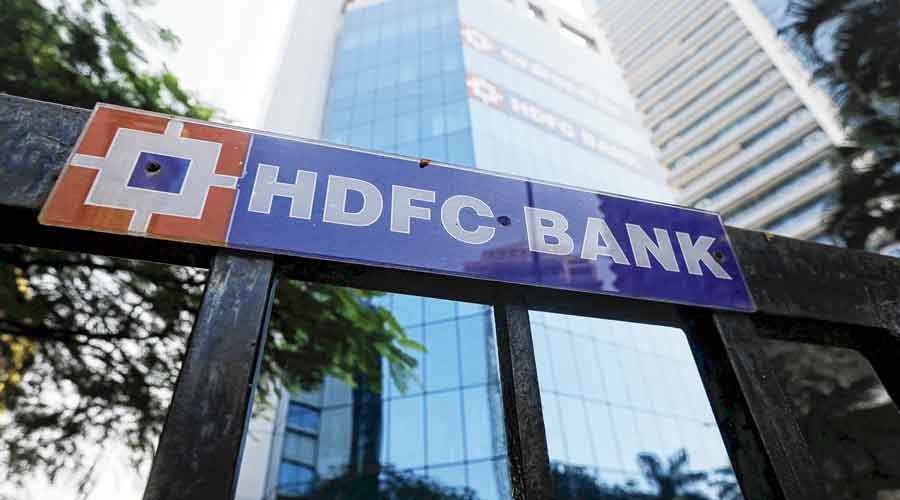The board of HDFC has approved a proposal to issue non-convertible debentures (NCDs) in tranches, aggregating Rs 57,000 crore. India’s largest mortgage lender in a regulatory filing said its board has cleared the “issuance of unsecured redeemable non-convertible debentures under a shelf placement memorandum, aggregating Rs 57,000 crore, in various tranches, on a private placement basis’’.
The company had taken the permission of its shareholders on the fund-raising at its AGM in June. The board also approved an increase in the overall borrowing powers of the company to Rs 6.50 lakh crore from Rs 6 lakh crore, outstanding at any point in time. The board told the company to take the approval of its shareholders through a postal ballot. The outstanding borrowings of the company are around Rs 5.70 lakh crore, HDFC said. It would need to borrow more for its business purposes till the effective date of the merger with HDFC Bank.
The National Company Law Tribunal (NCLT) on March 17 approved the reverse merger of HDFC and its subsidiaries with HDFC Bank. The merger was announced in April last year. The proposed entity will have a combined asset base of around Rs 18 lakh crore. Every HDFC shareholder will get 42 shares of HDFC Bank for every 25 shares held by them. HDFC shareholders will own 41 per cent of the bank. Shares of HDFC on Monday ended essentially flat at Rs 2,563 on the BSE. At the current prices, the housing finance company has a market capitalisation of Rs 4.6 lakh crore.
Last month, the corporation raised a record Rs 25,000 crore through the private placement of bonds. The company had concluded its largest-ever rupee bond issuance by increasing the amount through 10-year non-convertible debentures (NCDs) carrying a coupon of 7.97 per cent. For the third quarter that ended December 31, 2022, HDFC clocked a profit after tax of Rs 3,690.80 crore against Rs 3,260.69 crore in the year-ago period on a standalone basis. The company’s core net interest income (NII) rose 13 per cent to Rs 4,840 crore for the quarter, on the back of the net interest margin at 3.5 per cent and a 13 per cent growth in the overall loan book.











